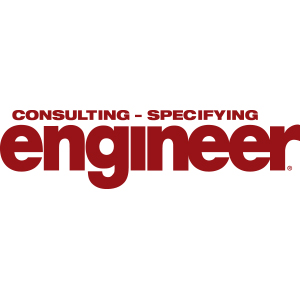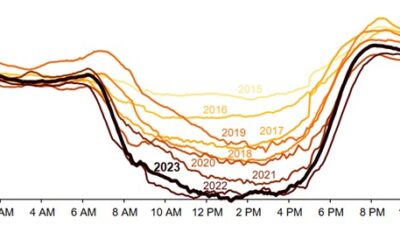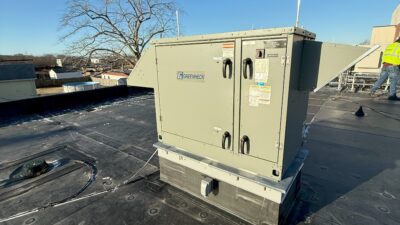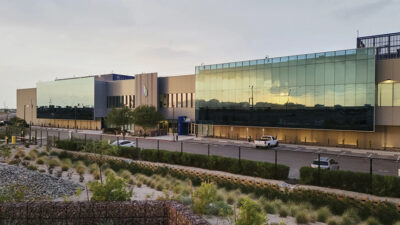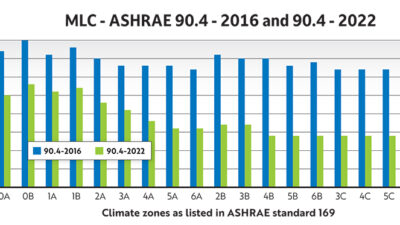Codes and standards in industrial and manufacturing facilities cover HVAC, fire and life safety, sustainability and mechanical systems.
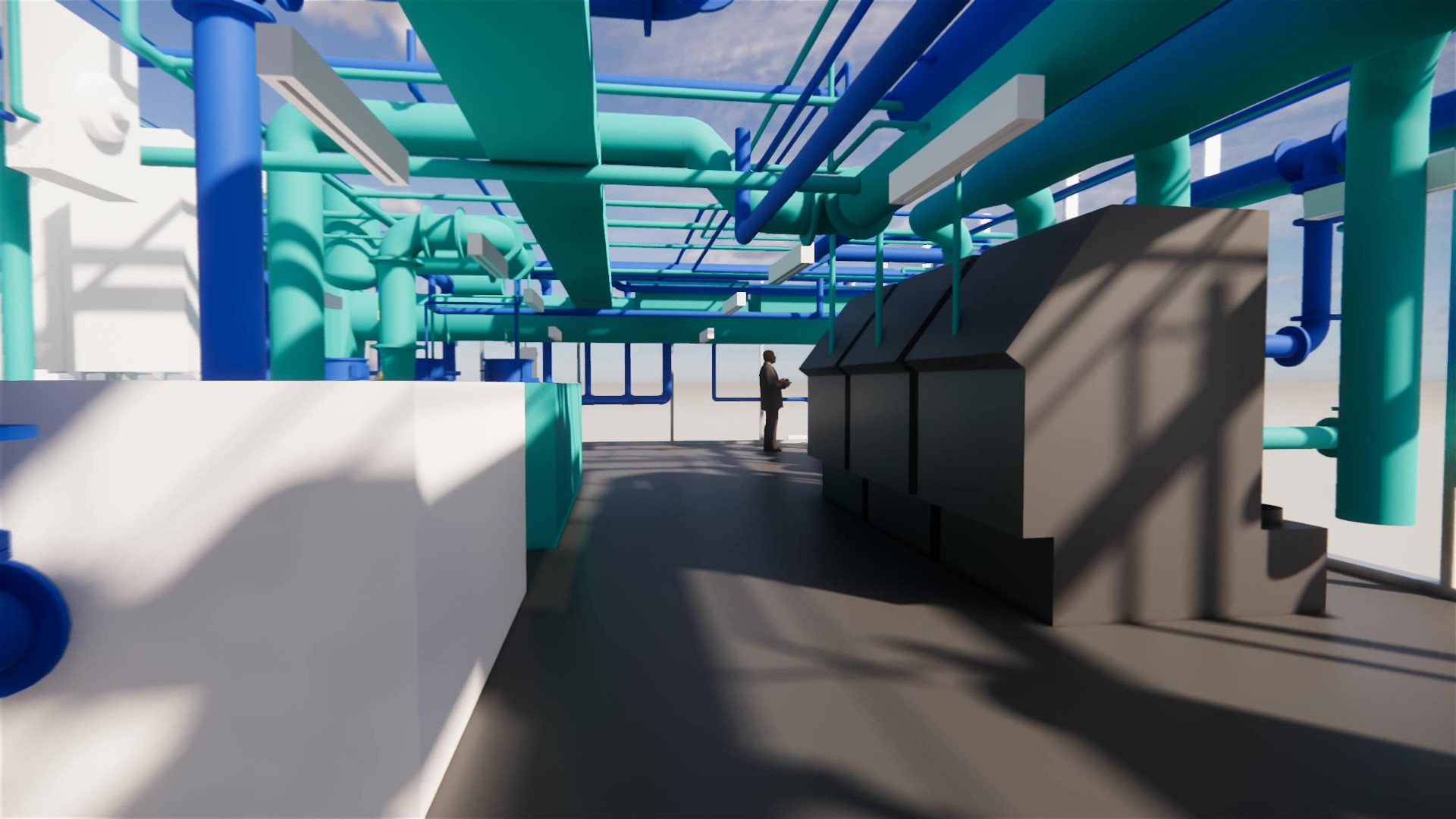
Learning objectives:
- Codes and standards often lag behind new technology. It’s important to design beyond baseline standards to future-proof buildings.
- Many standards, like LEED and WELL, focus on efficiency and sustainability for these unique projects.
Codes and standards insights:
- Codes and standards for engineers to consider include the International Building Code, NFPA codes and ASHRAE standards.
- Designing buildings that exceed codes and standards while still focusing on usability is a balance often difficult for engineers.
Respondents:
- Jason R. Gerke, PE, LEED AP BD+C, BCxP, Senior Design Phase Manage, JP Cullen, Milwaukee
- Jarron Gass, PE, CFPS, Fire Protection Discipline Leader, CDM Smith, Pittsburgh
- Matt Merli, PE, Principal / Client Services Director, Fitzemeyer & Tocci Associates, Inc., Woburn, Mass.
Please explain some of the codes, standards and guidelines you commonly use during the project’s design process. Which codes/standards should engineers be most aware of?
Jarron Gass: For fire protection, we start with the various codes adopted by jurisdictions to provide prescriptive protection solutions. The most common fire codes are the International Fire Code and NFPA 1: Fire Code. These codes, and others like them, specify requirements based on the different occupancies you are constructing or maintaining, dictating the need for various fire systems, from suppression and alarm to handheld fire extinguishers. The codes often reference other standards that explain compliance, such as NFPA 13: Standard for the Installation of Sprinkler Systems and NFPA 72: National Fire Alarm and Signaling Code. Additionally, nationally recognized groups or agencies, such as Underwriters Laboratories or Factory Mutual, publish guidance documents for various occupancies and protection systems.
Matt Merli: The most common are certainly still the International Building Code, the International Mechanical Code and NFPA 70: National Electrical Code (NEC). With energy and sustainability being such a focus, we also spend a significant amount of time reviewing the International Energy Conservation Code, ASHRAE and local ‘stretch’ codes from a mechanical, electrical and plumbing (MEP) perspective. When it comes to specific industrial applications in the MEP world, the Industrial Ventilation Handbook is still a common resource for our firm.
What are some best practices to ensure that such buildings meet and exceed codes and standards?
Jarron Gass: I’m a strong advocate for front-end due diligence, recognizing the significant value of early code research, pre-planning and collaboration with stakeholders, end-users and authorities having jurisdiction (AHJ) to support effective project design and development. When this is done early, it can help minimize unknowns, stabilize costs and allow for smoother progression through the design and eventual construction phases of large and complex facilities. Early and frequent communication between all relevant stakeholders fosters collaborative relationships that allow for progress, even when significant challenges arise during the design process.
Matt Merli: These facilities can sometimes have a lot of HVAC requirements, resulting in enormous energy use. Along with increased energy code and local stretch codes, this typically results in energy recovery in most (if not all) of our designs. We’re now not just identifying ‘if’ we use energy recovery, but rather the discussion is now what ‘type’ of energy recovery is best for this client and/or application.
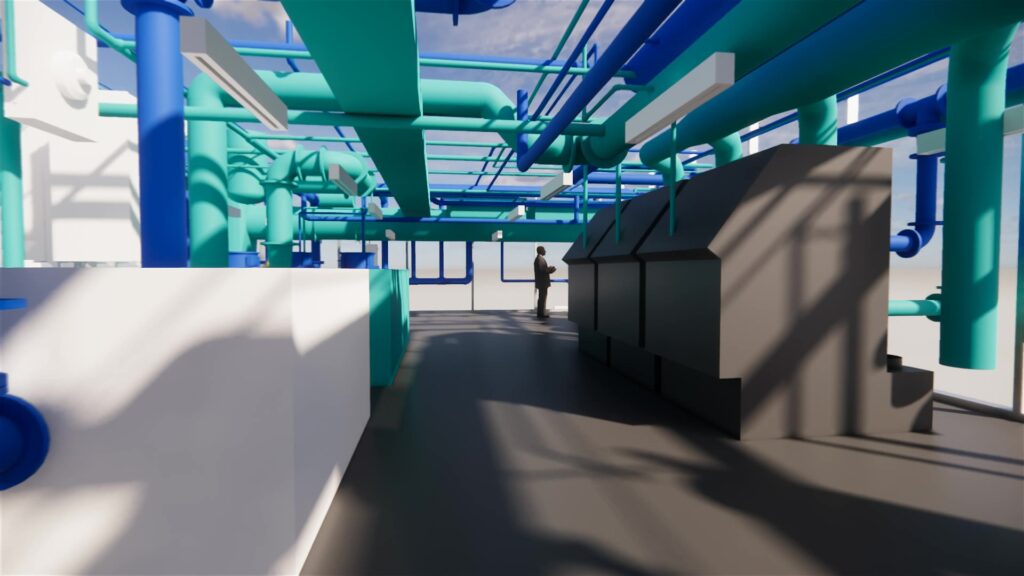
How are codes, standards or guidelines for energy efficiency impacting the design of industrial and manufacturing facilities?
Jarron Gass: In line with due diligence, I find it imperative to weigh each project against its own particular merits and to navigate potential unintended consequences that can arise in the pursuit of energy efficiency, particularly in existing facilities. Efficiency improvements in one area may necessitate upgrades in others, such as adding structural elements to support new photovoltaics or replacing an entire fire alarm system that cannot be expanded to accommodate a renovation. Typically, it is more straightforward in new projects to incorporate various levels of efficiency and pursue LEED certification or other accrediting statuses. Certainly, the ROI tends to be shorter for new builds than renovations, but typically, there is still an ROI regardless.
Jason R. Gerke: ASHRAE provides a number of resources that should be referenced to establish the standard of care when designing an industrial building. There are guidelines and standards applicable to multiple industrial facility design needs. These guidelines and standards are used across multiple building types and include documents such as ASHRAE Standard 62.1: Ventilation for Acceptable Indoor Air Quality, Standard 90.1: Energy Standard for Buildings Except Low-Rise Residential Buildings and other commissioning standards when it comes to the startup of facilities. There are also active ASHRAE technical committees working to establish best practices for specific building types, ventilation needs or control strategies that can help guide the design process. These committees include TC9.2, for example, which focuses on the building environmental conditions that can be controlled through ventilation and filtration.
What new or updated code, standard, guideline, organization or association do you feel will change the way such projects are designed, bid out or built?
Jarron Gass: With the current code update cycle occurring every three years for most major codes and standards, these codes and standards are unable to keep pace with industry innovation. I believe the landscape is ripe for alternative organizations or groups to publish standards either in the interim or more frequently. These could better keep up with the pace of change and provide sustained guidance on efficiency-related items as well as other pertinent topics.
Jason R. Gerke: ASHRAE continuously provides updates to their standards and guidelines. These standards are developed in code-enforceable language, so at some point, the documents issued by ASHRAE, which should be considered the standard of care, will become codes in some areas. Guideline 36 is a good document to track to ensure the latest recommendations for HVAC equipment control sequences are used. ASHRAE 90.1 remains a strong reference document for best practices and recommendations for both new and existing building systems.
What are some of the biggest challenges when considering code compliance and designing or working with existing buildings?
Matt Merli: This isn’t new, but we’re certainly in a cycle where older refrigerants are again being phased out (i.e., R-410A) and replaced with newer ones (i.e, R-454B) that have lower global warming potential. There are new challenges arising with that, as they have higher flammability concerns; thus, things like ventilating shafts and refrigerant detection are important design discussions to have.
